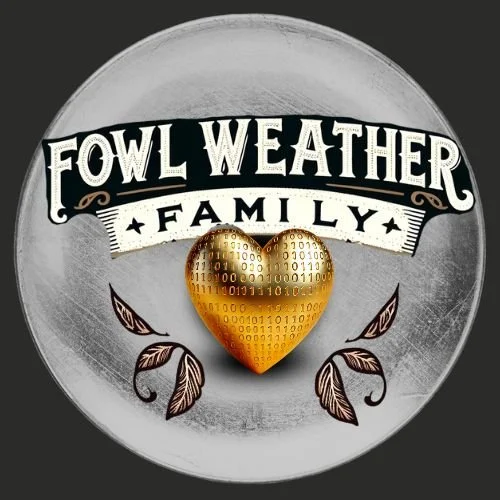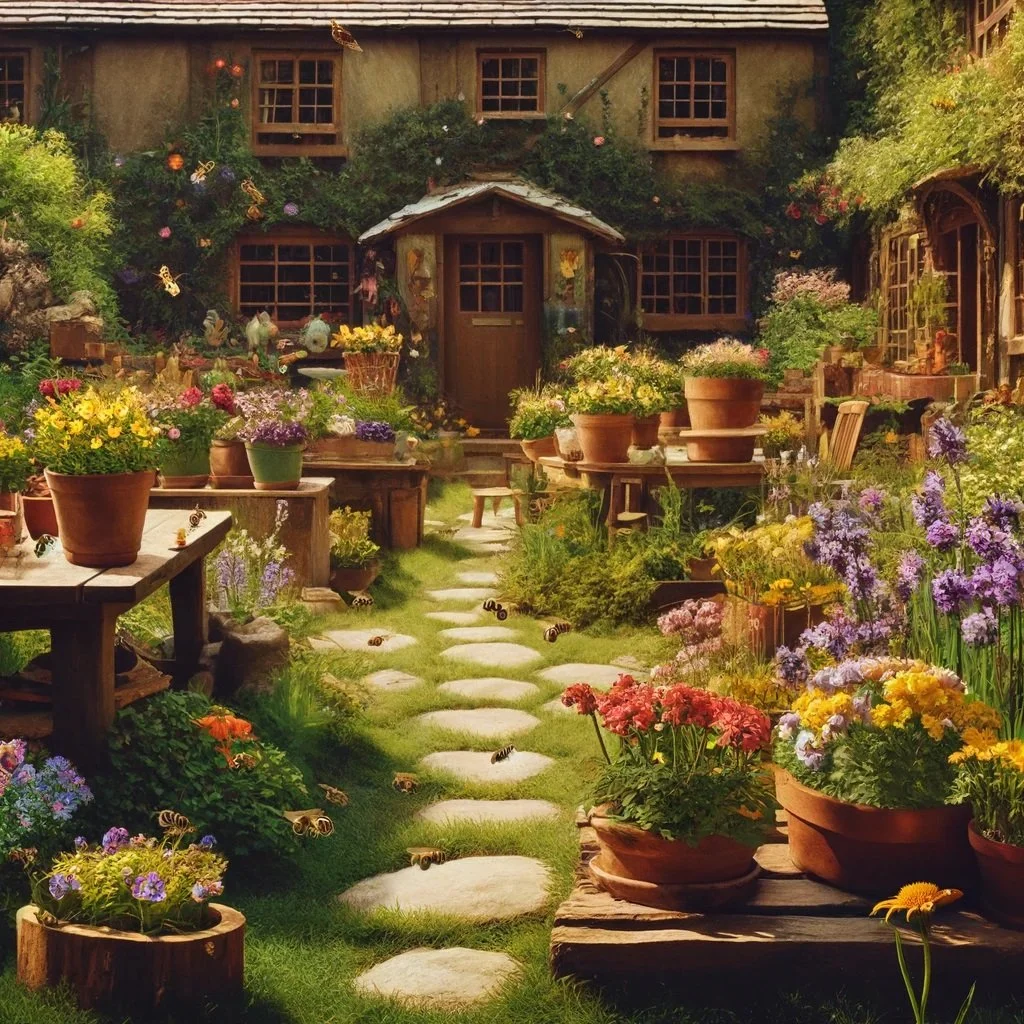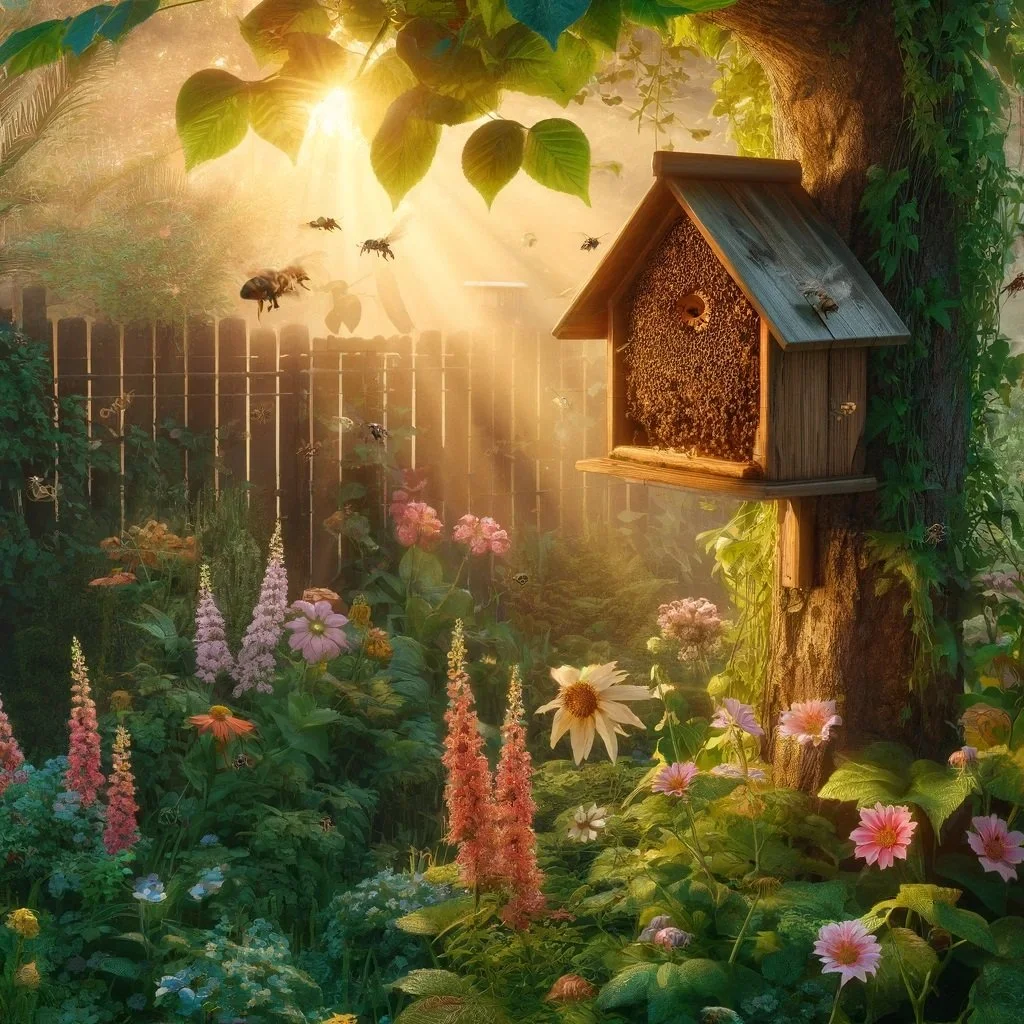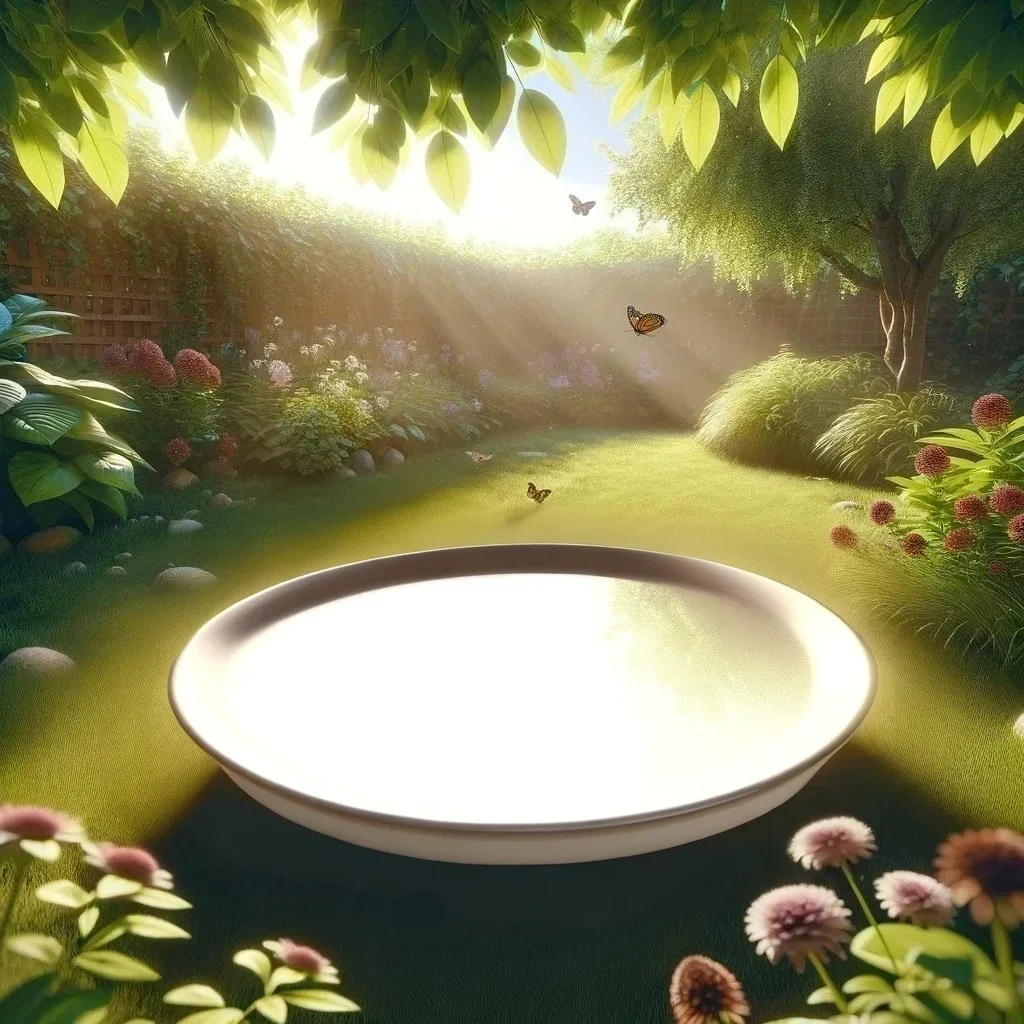The Pollinator’s Bed and Breakfast:
Create a Garden Resort
Welcome Guardians of the Garden!
It’s time to roll out the welcome mat and join the gracious hosts catering to our little neighbors. Let’s make your garden a perfect getaway for the flurry of tiny wings and busy buzzers. Today let's look into turning your green space into a luxurious stop for pollinators, rejuvenating their journey and aiding our ecosystem. Embrace sustainable gardening practices and create a haven that celebrates biodiversity.
Meet the Frequent Flyers
Our garden guests come in all shapes and sizes, each playing a crucial role in our ecosystem's health. From the well-known honeybee to the agile hummingbird, these vital visitors are the stars of any pollinator-friendly gardening effort.
Bees
Our gardens are buzzing communities for native bees, including industrious bumblebees and meticulous solitary bees like mason bees. These bees are particularly drawn to plants, such as lavender and sunflowers, which provide abundant pollen and nectar. In North America, purple coneflowers and goldenrods are favorites, supporting bees throughout their active seasons.
Butterflies
The vibrant dance of colorful monarchs and elegant swallowtails is a grand sight, anytime of the day. These butterflies gravitate towards milkweed and butterfly bushes because they offer rich nectar sources essential for survival. Monarchs can be found across North America, they rely heavily on milkweed for their nectar and as a host plant for their larvae. Swallowtails, widespread in North America and Europe, enjoy a variety of plants including zinnias and wild parsley.
Hummingbirds
Known for their dazzling flight skills, hummingbirds are particularly fond of bright, tubular flowers that accommodate their feeding style. Trumpet vine and honeysuckle are among their favorites and are widely found across the Americas. These plants provide a high-energy nectar source they need for the birds' rapid flight. Salvia and penstemon also attract hummingbirds with their vivid colors and rich nectar.
Moths and Beetles
These often-overlooked nocturnal and diurnal pollinators play a critical role in the garden ecosystem. Moths, such as the hawk moth, are drawn to evening primrose and jasmine, which bloom at night and emit strong, sweet scents. These plants are common in temperate regions worldwide. Beetles are some of the oldest pollinators and prefer flowers like magnolias and spicebush, found in forests and garden landscapes across North America, where they can access pollen easily.
By planting a diverse array of these plants, gardeners can support a wide range of pollinators, enhancing the health and beauty of their garden environments. This approach fosters a vibrant, diverse pollinator community and ensures a resilient local ecosystem.
Laying Out the Welcome Wagon
We’re turning your garden into a welcoming haven for bees, butterflies, and hummingbirds, featuring this garden design. Start with low-lying bee-friendly plants like creeping thyme, it’s great ground coverage and the bees love it. Add some mid-height butterfly garden plants such as lavender and cosmos to attract butterflies with their vibrant colors and sweet nectar. Finish with taller shrubs like lilacs and butterfly bushes, ideal hummingbird garden ideas that provide food and shelter.
This setup does more than just beautify your space—it supports a healthy, sustainable gardening ecosystem that you can enjoy, right in your backyard. Using a variety of native plants for pollinators naturally reduces the need for chemicals, promotes organic gardening, and helps with water conservation in gardens. If you’re curious about more ways to make your garden a favorite spot for pollinators, check out other articles in this series for detailed guides and tips on gardening for biodiversity.
Top Menu Picks for Our Pollinating Patrons
What’s on the menu at our garden B&B? There are many varieties of great choices to serve up and satisfy the discerning tastes of our bee-autiful diners.
Spring Menu: Crocuses and Hyacinths
As we begin our spring journey, crocuses and hyacinths are some of the first flowers to bloom. These are super important for bees waking up from winter. They’re like the first breakfast after a long sleep, giving bees plenty of pollen and nectar to start their season strong. Crocuses attract bees with their bright colors popping out early in the season, while hyacinths bring bees to their dense clusters of fragrant flowers.
Summer Menu: Lavender and Wildflowers
When summer is in full swing, lavender always stands out in the garden with its vibrant flair. Its benefits don’t stop at being pretty and smelling great, it keeps our butterflies fed all summer. Plus, it can handle dry weather with ease. Wildflowers are great too because they come in all shapes and sizes, attracting everything from tiny bees to colorful butterflies. This mix means there’s something for every pollinator out there.
Fall Menu: Asters and Sunflowers
As summer winds down, asters and sunflowers take over. Asters are like the last big meal for bees and butterflies before fewer flowers are available. They come in many colors and have lots of nectar and pollen. Sunflowers don’t just help feed bees with their nectar, later they provide seeds that many birds and critters love. They’re also essential for bees getting ready for winter.
Become an Innkeeper for Bees
Choosing the Perfect Spot:
Picture yourself as a realtor for bees, scouting out the prime real estate in your garden. You're looking for a sunny locale where the morning light hits just right but shielded from those pesky afternoon gusts. This spot will be the high-end suite in your Pollinator’s Bed and Breakfast, offering warmth and shelter to your buzzing guests.
Gathering Your Building Materials:
It's time to put on your DIY hat! Grab some untreated wood and hollow bamboo tubes—the rustic chic look is all the rage in the bee community. These materials look great and are bee-friendly, ensuring your tiny tenants are safe from harmful chemicals.
Housekeeping Tips:
Like any good innkeeper, keep the accommodations neat, to prevent bee health issues. Regularly cleaning and replacing the bamboo tubes will keep your bee hotel a five-star destination for pollinators. Just think of yourself wielding a miniature broom, checking every nook and cranny is pristine for your guests.
Spa Day for Butterflies
Setting Up Your Spa:
Imagine crafting a mini oasis in your garden where butterflies can unwind. Use a shallow dish—imagine a stylish, minimalist pool. Mix in some fine sand and a pinch of salt to mimic a natural mineral lick. This chic setup will quench the thirst and replenish the essential minerals butterflies crave.
Maintaining the Oasis:
To keep your butterfly spa inviting, maintain a consistent moisture level in the bath. Add a few small stones to serve as perches, allowing your delicate guests to sip water without getting their wings wet. Picture the butterflies gracefully landing on these tiny islands, sipping water, and basking in their picturesque garden spa.
By turning these practical tasks into delightful gardening adventures, you would support the local wildlife and enjoy these visitors more in your garden. It’ll turn your outdoor space a buzzing hub of activity. Each step in setting up these features becomes a fun and fulfilling project, enhancing ecological value and beauty in your garden.
Green is in With the Inn Crowd
Our garden B&B prides itself on its eco-friendly management. Discover how mulching and using organic compost instead of chemical fertilizers can enhance soil health naturally and ensure a safe dining experience for our pollinator guests. You’ll find other articles throughout my blog on these topics if you’d like to see what you can do to dive in further.
Are you ready to make your garden a talking point in the pollinator community? Start simple, get creative, and enjoy as your garden transforms into a thriving hotspot. Dive into our resources, join community efforts, and share your story to inspire others. Want to start now? Join the conversation in the comments below!
Every plant you grow and every habitat you create marks a significant step toward a thriving local ecosystem. Celebrate the diversity and resilience of your garden by continuously adapting and learning new ways to support our pollinating guests. Lettuce grow together as we enjoy our gardening!







